This easy easter charcuterie board is the best way to serve your guests this Christmas. It covers a variety of tastes and is ready in 10 minutes.
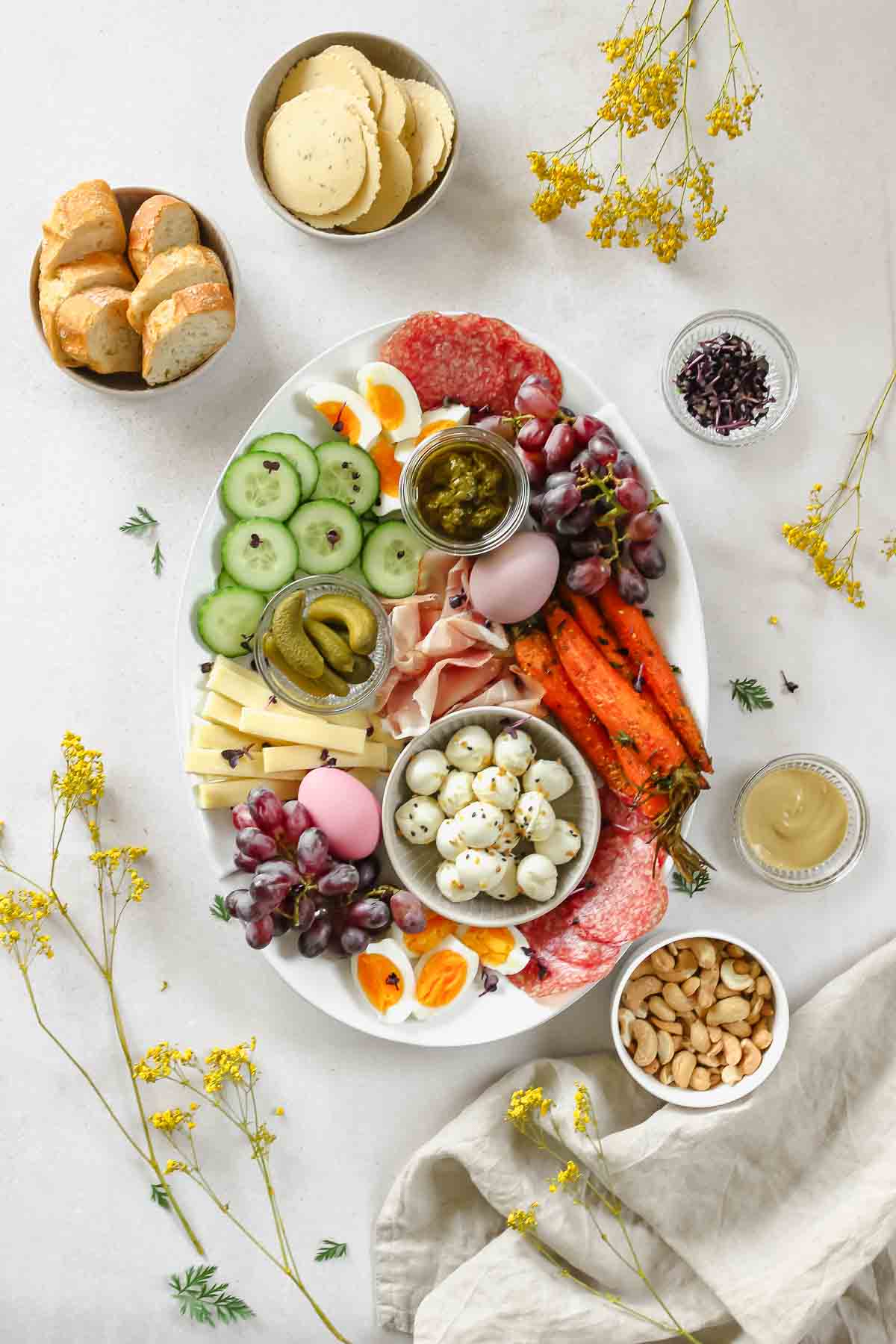
I am all for impressive but easy-to-make meals. Especially when preparing food for guests. So a themed charcuterie board comes in handy with Easter around the corner. Moreover, you can use all the Easter eggs you made or get from loved ones.
Arranging the Easter eggs with cured meats, cheeses, seasonal produce, and more turns them into an impressive party platter everybody will enjoy. The best part? It makes for stress-free holiday preparation.
Jump to recipe
What is a charcuterie board?
A charcuterie board is a collection of various cured types of meat, cheeses, bread, fruits, nuts, and condiments on a serving board or platter. The term "charcuterie" comes from the French word for a butchers shop that sells cured meats, sausages, and other meat products. The charcuterie board is often used as an appetizer, snack, or main dish to be shared.
The meats and cheeses used in a charcuterie board can vary. They often include prosciutto, salami, chorizo, ham, brie, cheddar, and goat cheese. Fruits like grapes, figs, and sliced apples can add sweetness to balance out the saltiness of the meats, while nuts like almonds or cashews provide a crunchy texture. Accompaniments like mustard, honey, chutney, and pesto can also be included to add extra flavor.
Why you’ll love this recipe
- suits a variety of flavors
- customizable
- easy to make
- ready in 10 minutes
Searching for more easy-to-prepare meals for guest? Try this sardine, tomato and red onion bruschetta, white bean pomegranate crostini, or this smoked salmon salad with lots of flavor.
Ingredient notes
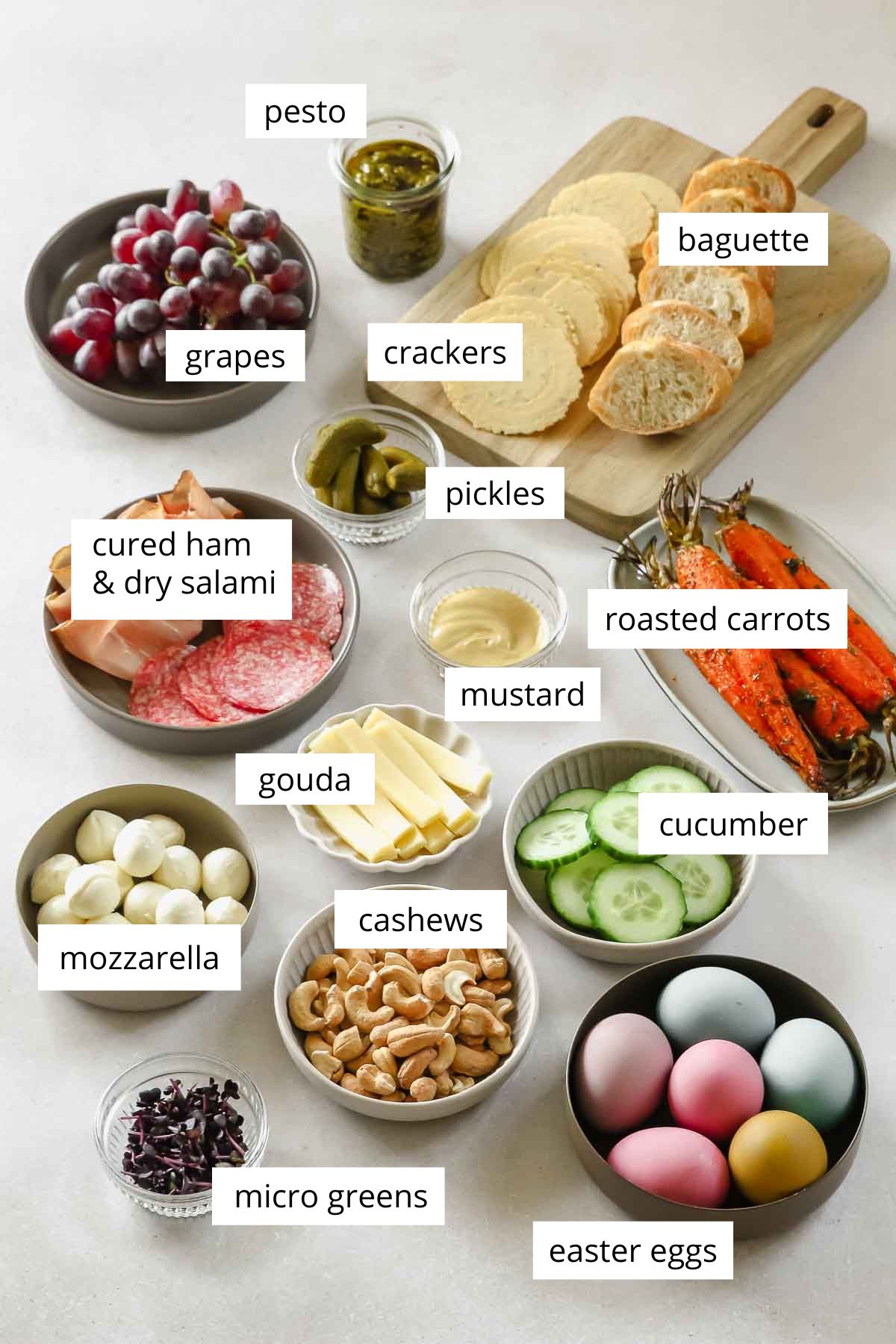
- Eggs – Use all those hard-boiled Easter eggs. Keep some of them unpeeled to add a pop of color to the Easter-themed charcuterie board.
- Meats – Include a selection of cured ham, prosciutto, and salami.
- Cheeses – Choose a variety of cheeses with different flavors and textures, such as cheddar, gouda, brie, and mozzarella. You can also add cheese spreads or dips.
- Vegetables & Fruits – Raw cucumbers and cherry tomatoes can be added for a savory crunch. Or add roasted vegetables like this air fryer crispy roasted carrots for added flavor. Fresh fruits like grapes, strawberries, and kiwi add a pop of color and are a healthy option.
- Condiments – Add savory dips like mustard or this mango hot sauce for a fruity touch. Spreads like this creamy harissa hummus or this Thai basil pesto are also good choices.
- Bread and crackers – Add some (whole-wheat) baguette, bread, or try these crispy homemade pita chips to eat with the other charcuterie items.
- Nuts and seeds – Add some crunchiness with nuts like these smoky chipotle roasted cashews.
- Herbs and micro greens – For extra freshness and flavor decorate the easter charcuterie board with herbs and micro greens.
See recipe card for quantities.
Tips & substitutions
Here are some tips to make a delicious and visually appealing charcuterie board:
- Choose a variety of flavors and textures – Include a variety of cheeses, meats, fruits, vegetables, crackers, and spreads to create a balanced mix of flavors and textures. Consider the taste preferences of your guests and select items that will appeal to everyone.
- Consider portion sizes – Cut the cheeses and meats into bite-sized pieces and arrange them on the board in small portions. This allows guests to sample a variety of items without getting too full.
- Make it aesthetically pleasing – Place items on the board in a visually appealing way. Use bowls or ramekins for dips or spreads, and group similar items together.
- Ensure food safety – Don’t keep the meats, cheeses, eggs, and other refrigerant foods not out at room temperature for more than 2-3 hours.
How to make an Easter charcuterie board

Here are the steps to make a charcuterie board:
Step 1: Select a large wooden board or serving platter as the base for your charcuterie board. Make sure it is big enough to fit all the items you want to include.
Step 2: Cut the cheeses and meats into bite-sized pieces. Wash and cut the fruits and vegetables. Open any jars or containers of dips or spreads.
Step 3: Start by placing large items like bowls of dips and cheeses on the board first. Then, add the meats and other smaller items around them.
Step 4: Your charcuterie board is ready to be served! Place it on a table or counter where guests can easily access it and enjoy!
Expert tip
Try other themed charcuterie boards for a summer garden party with seasonal fruits and vegetables. Or make a sweet version with fruits and chocolate for Mothers or Valentines day. The easy-to-prepare party platter is an impressive and delicious serving option for any occasion.
Recipe FAQs
Charcuterie is a French word and is pronounced: "shahr-koo-tuh-ree".
1. Choose a board to present the items. A serving plate or wooden board is a great choice.
2. Select and prepare the charcuterie items. Cut bigger items into bite-sized pieces and peel vegetables and fruits if necessary.
3. Arrange the items. Start with the bigger items and group similar items together.
4. Add some height with small bowls, ramekins, or containers. Place them on top of small boxes or books to give them some lift. This adds visual interest to the board.
5. Fill in gaps: Use small items like nuts, dried fruits, or small candies to fill in gaps on the board. This makes the board look fuller and more abundant.
Here are some items that you may want to avoid putting on a charcuterie board:
- Messy or saucy foods: Items such as BBQ wings, sloppy joes, or anything too saucy can make a mess on the board. Keep dips like mustard or pesto in small bowls for mess-free eating.
- Strongly scented cheeses: Cheese types like blue cheese or Limburger can overpower the other flavors.
- Delicate foods: It is best to avoid foods such as sushi, smoked salmon, or shrimp, which should not be displayed at room temperature for too long.
- Too many sweet items: It is nice to include (dry) fruits and sweet chutneys on a charcuterie board. But too many sweet foods can make it unbalanced.
Related Easter recipes
Looking for other recipes perfect for the holiday? Try these:
Did you try one or more of these recipes?
Leave a ⭐️ review below and tag @encore_more on Instagram & Facebook!
???? Recipe
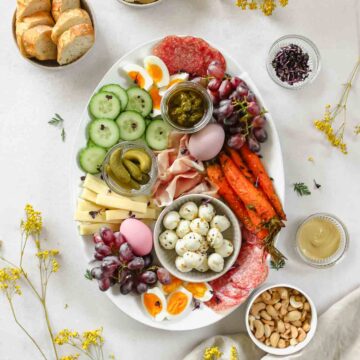
Easy Easter Charcuterie Board
Ingredients
Meats, cheeses & dairy
- 200 g meats of choice (e.g. cured ham, dry salami, pepperoni)
- 6 eggs (hard-boiled)
- 200 g cheddar, gouda, or other cheese (7oz)
- 150 g fresh baby mozzarella cheese balls, drained (5 oz)
Vegetables & fruits
- 500 g roasted carrots or other vegetables (1 lb)
- 1 cucumber
- 500 g grapes, berries, or other fruits (16 oz)
Condiments & herbs
- 80 g pesto (⅓ cup)
- 4 tablespoon french mustard
- 1 package micro greens
Instructions
- Select a large wooden board or serving platter as the base for your charcuterie board. Make sure it's big enough to fit all the items you want to include.
- Cut the cheeses and meats into bite-sized pieces. Wash and cut the fruits and vegetables. Open any jars or containers of dips or spreads.
- Start by placing the larger items like bowls of dips or spreads and cheeses on the board first. Then, add the meats and other smaller items around them.
- Place it on a table or counter where guests can easily access it. Serve it with bread, baguette, crackers, and nuts, and enjoy!
Notes
- Choose a variety of flavors and textures – Include a variety of cheeses, meats, fruits, vegetables, crackers, and spreads to create a balanced mix of flavors and textures.
- Consider portion sizes – Cut the cheeses and meats into bite-sized pieces and arrange them on the board in small portions.
- Make it aesthetically pleasing – Place items on the board in a visually appealing way. Use bowls or ramekins for dips or spreads, and group similar items together.
- Ensure food safety – Don’t keep the meats, cheeses, eggs, and other refrigerant foods not out at room temperature for more than 2-3 hours.
Nutrition
Nutritional values are estimates only calculated with the recipe calorie and nutrition calculator provided by verywellfit.com. The author of this website is not a nutritionist nor a doctor. All nutritional data provided in the recipes and correspondent blog posts are for informational purposes only. Do not use the information as nutritional or medical advice.


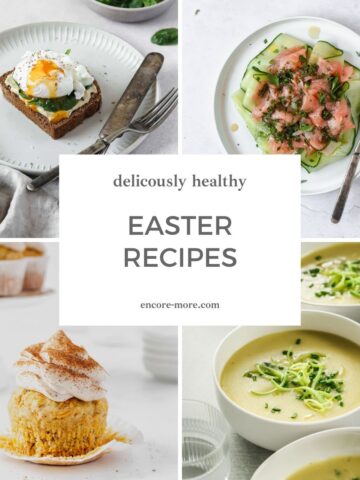
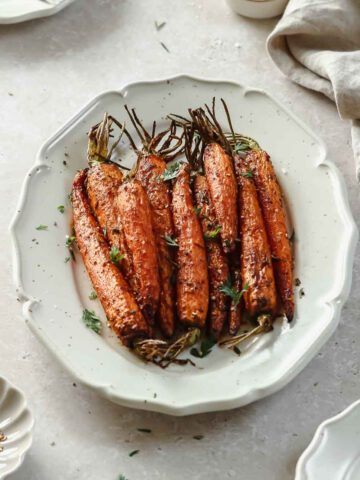
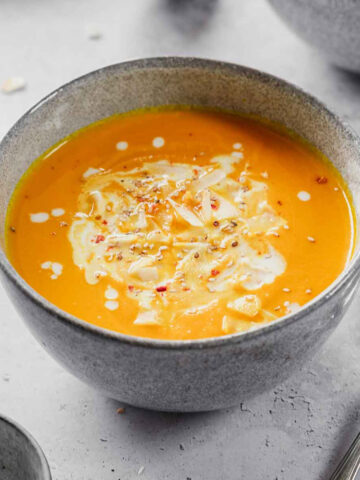
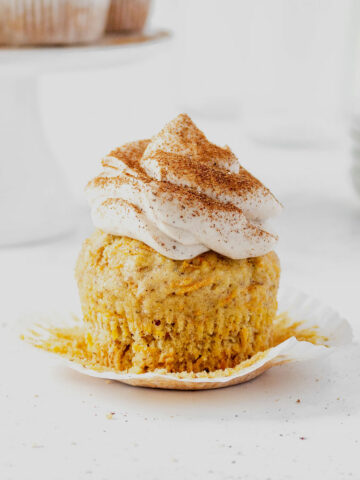
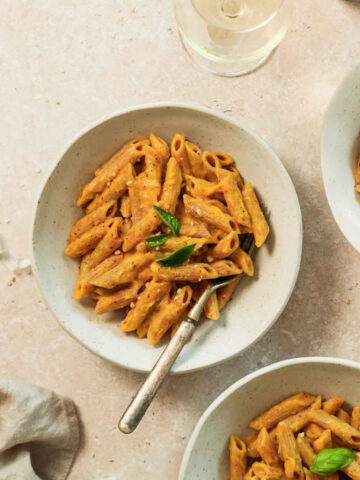
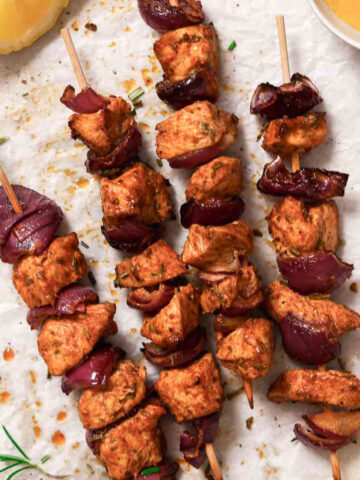
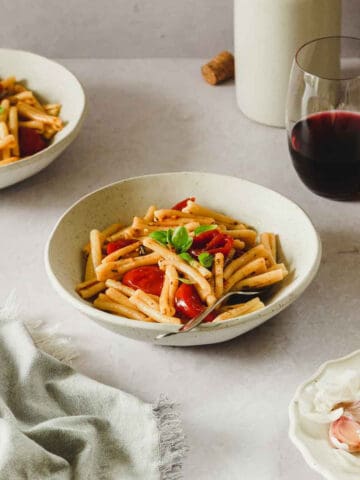
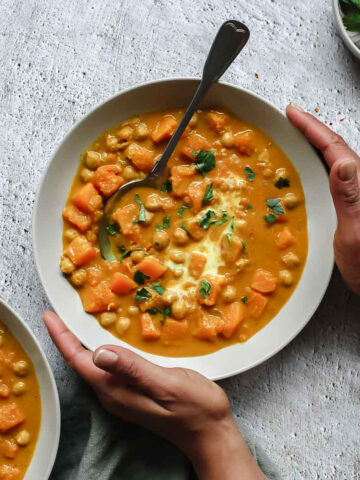
Leave a Comment